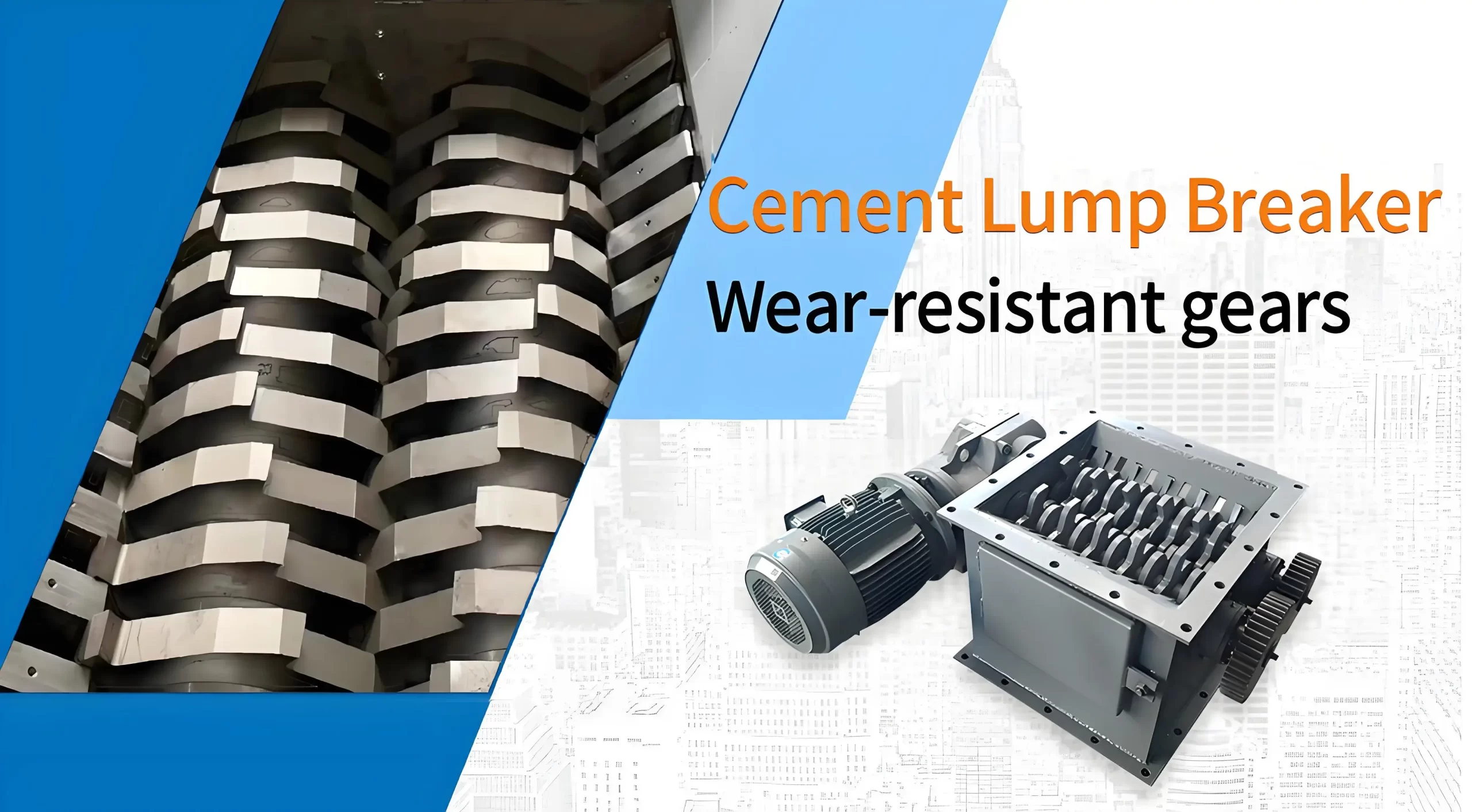Air pollution control technology plays a crucial role in modern industrial production. As environmental regulations become stricter, industries increasingly rely on dust collection devices. Pulse...
In the cement industry, selecting the appropriate blower, such as Roots blowers, is crucial for production efficiency. Recently, Darko gained valuable experience while working with...
What is a bucket elevator? Bucket elevators are popular vertical conveying devices. They primarily elevate powdered, granular, and small block materials. These elevators have high...
What is a roller press used for? The roller press, also known as a squeeze mill, roller mill, or double roller machine.A roller press is...
In industrial production, selecting the right conveyor system is crucial. Each type of conveyor system has its advantages and disadvantages, suiting various materials and process...
When you install bag dust collectors, keep a few key points in mind. This will help ensure efficient operation and easy maintenance. Ultimately, proper installation...
Cyclone dust collectors (also referred to as a cyclone separator or simply a cyclone) are essential in various industrial applications for controlling air quality and...
01 Issues with Conventional Three-Way Dampers Darko makes high-performance three-way dampers. They focus on "damper craftsmanship" to improve product quality. Many cement companies face short...
Cement mills are key equipment in cement plants, primarily responsible for grinding cement raw materials. Steel balls inside the cement mill crush these raw materials...
The pulse jet bag filter is a highly efficient dust collection device, boasting a dust removal efficiency exceeding 99%. This equipment effectively captures fine particles,...
Darko Building Materials Machinery is a leading supplier in China, renowned for its high-quality air slide conveyor systems. Our mechanical equipment is finely crafted, quality...

cement lump breaker double-axis design, better crushing effect,it is wear-resistant, has good toughness and long service life.


Nantong Darko Building Materials Machinery, a leading manufacturer and supplier in China, specializes in R&D, design, manufacturing, and installation of solutions for desulfurization, denitrification, dust removal, and environmental protection projects, as well as slag micro powder and powder grinding production lines.